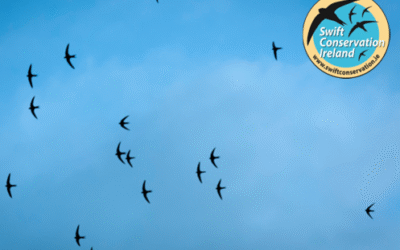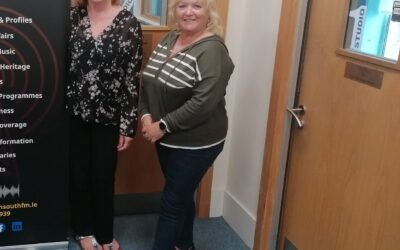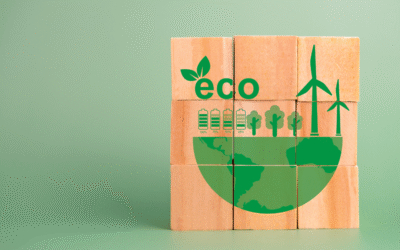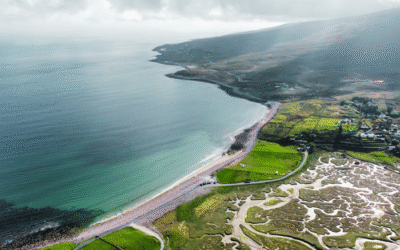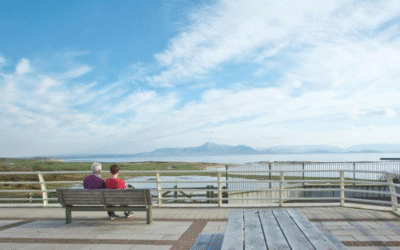Swift Conservation Ireland is a volunteer led initiative working on the conservation of the swift in Ireland. The project began with Lynda Huxley. Her interest in swifts began while working at ATU Mayo campus in Castlebar, where there is an established colony of the birds. She began recording numbers and studying nest sites on campus in the summer months, and noticed that fewer birds returning each year. She decided to set up a nest box project to provide secure breeding sites to help conserve – and then grow – their numbers
County:
Mayo
Mulranny: Use what’s in your community to develop it sustainably
Maeve interviews Carol Loftus, of the Sustainable Energy Community in Mulranny, Mayo. The discussion highlights the journey of Mulranny from a fading tourist spot to a thriving model of community-driven sustainable development. Carol outlines how projects emerged, how local people were mobilised, how outside expertise and funding were drawn in, and how sustainability has been woven into tourism, energy, and heritage initiatives.
From Small Wins to a Community Energy Pipeline: GreenPlan Mulranny (Case Study)
GreenPlan Mulranny turned a volunteer-run tourist office into a public “green hub” for the whole village—swapping bulbs, cutting bills, refilling water bottles, charging e-bikes from solar, and showing live energy on a screen. Those visible, low-cost actions grew into a community energy pipeline (Sustainable Energy Community → Energy Master Plan → Building Energy Ratings → Retrofits) and helped set the stage for Mulranny’s Decarbonising Zone.
Mulranny 2030: From Climate Action Hub to UNESCO Biosphere (Case Study)
Once a pass-through village on the Wild Atlantic Way, Mulranny has reinvented itself as a hub for climate action and participatory governance. Building on its Decarbonising Zone plan and a decade of community-led innovation, the village is now aiming for its boldest move yet: joining UNESCO’s global network of Biosphere Reserves.
Mulranny Community Futures & Promenade (Case Study)
A Scottish-style, household-led consultation gave Mulranny a clear, shared brief: footpaths, safer crossings, and a seafront civic space. With a Village Design Statement (2012) to turn that mandate into drawings, the community and council delivered continuous footpaths, traffic calming, and the Mulranny Promenade—even during austerity—shifting the N59 corridor from car-dominated to people-first and setting the stage for later climate actions.

